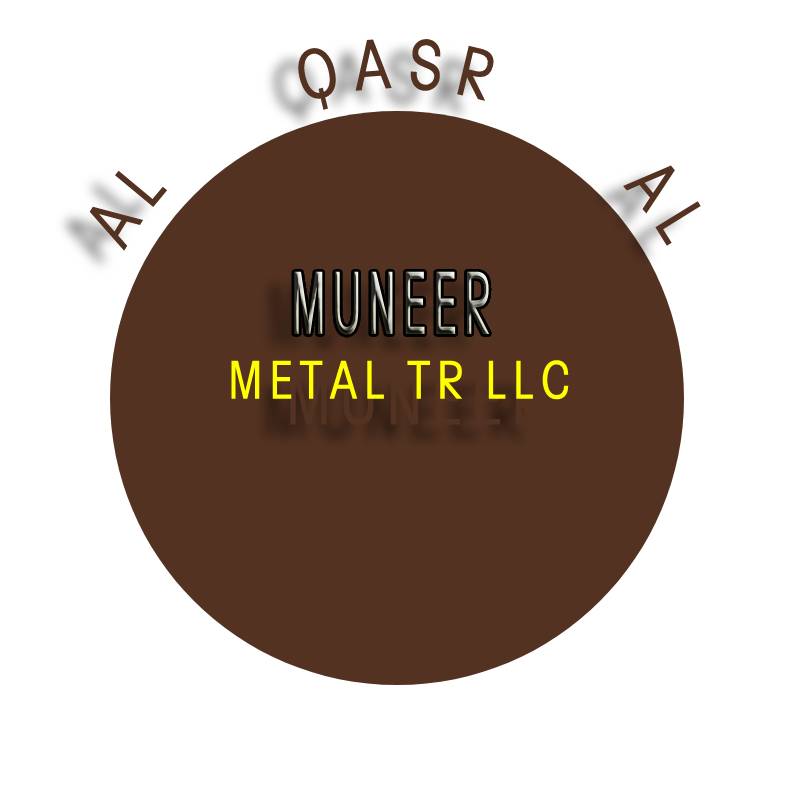Trump Visits Gulf
Trump Visits Gulf Rich Countries tomorrow: Strengthening Ties Amid Global Conflicts President Trump visits Gulf countries from 13 May 2025 on diplomatic tour—encompassing KSA, Qatar, and the UAE —was strategically orchestrated to bolster U.S. economic interests and promote regional peace. This visit, his first overseas trip since resuming office, underscored a dual agenda: securing substantial…
Trump Visits Gulf Rich Countries tomorrow: Strengthening Ties Amid Global Conflicts
President Trump visits Gulf countries from 13 May 2025 on diplomatic tour—encompassing KSA, Qatar, and the UAE —was strategically orchestrated to bolster U.S. economic interests and promote regional peace.
This visit, his first overseas trip since resuming office, underscored a dual agenda: securing substantial economic investments and mediating escalating geopolitical tensions, notably between India and Pakistan.
A Precious Royal Gift from Amir of Qatar
During President Trump’s diplomatic visit to the Gulf in May 2025, Qatar’s Amir gifted him a magnificent Boeing 747, named “Royal Falcon.” This extravagant jet, valued at over $350 million, showcases the luxurious ties between the U.S. and Qatar. With state-of-the-art technology and sophisticated interiors, the aircraft is designed to offer comfort and advanced functionality.
The gesture is seen as a symbol of Qatar’s continued diplomatic and economic partnership with the U.S., solidifying a bond that goes beyond politics and into personal relations.
Trump Visits Gulf for economic ties with Rich middle east countries

Central to Trump visits Gulf was the pursuit of significant economic partnerships.. In Riyadh, discussions culminated in Saudi Arabia pledging a $1 trillion investment in the U.S. economy, focusing on sectors such as defense, artificial intelligence, and infrastructure .
Similarly, the UAE committed to a $1.4 trillion investment over the next decade, emphasizing technology and energy sectors . Qatar’s forthcoming investment pledge is anticipated to further solidify these economic ties.
These commitments align with Trump visits Gulf, supporting his “America First” policy, which aims to invigorate the U.S. economy through foreign investments. High-profile American CEOs, including Elon Musk and Mark Zuckerberg, accompanied Trump, highlighting the emphasis on technology and innovation.
Mediating Regional Conflicts: The India-Pakistan Ceasefire
Amid his Gulf tour, Trump played a pivotal role in mediating a ceasefire between India and Pakistan, two nuclear-armed neighbors on the brink of war following escalated tensions in Kashmir. The conflict intensified after a terrorist attack in Pahalgam, leading to retaliatory strikes and military exchanges .
Responding to appeals from Gulf nations, including Saudi Arabia and the UAE, Trump initiated urgent diplomatic efforts. Engaging directly with Indian Prime Minister Narendra Modi and Pakistani Prime Minister Shehbaz Sharif, the U.S. facilitated communication that culminated in a full and immediate ceasefire announced on May 10 .
Pakistan publicly acknowledged and appreciated the U.S. role in brokering the ceasefire, whereas India maintained a more reserved stance, emphasizing its commitment to combating terrorism . Despite initial reports of ceasefire violations, the agreement held, preventing further immediate escalation.
Addressing Broader Regional Tensions
Trump’s visit also encompassed discussions on broader Middle Eastern conflicts. In Gaza, the humanitarian crisis had escalated following intensified Israeli military operations. While Trump did not visit Israel, his administration’s focus remained on facilitating humanitarian aid and encouraging ceasefire negotiations .
Regarding Iran, Trump’s administration continued to engage in negotiations over Iran’s nuclear program. Despite limited breakthroughs, these discussions aimed to prevent further nuclear proliferation and maintain regional stability .
Conclusion
President Trump’s Gulf tour in May 2025 was emblematic of a strategic approach intertwining economic ambitions with diplomatic interventions. By securing substantial investments from Gulf nations and mediating critical regional conflicts, particularly the India-Pakistan ceasefire, Trump reinforced the United States’ commitment to both economic prosperity and global peace.
Trump visits Gulf not only strengthene U.S.-Gulf relations but also underscored the pivotal role of diplomacy in addressing complex international challenges.
Modi, often accused of being a racist, has faced significant criticism within India for allegedly following Trump’s dictation, with both opposition parties and the public labeling him as the weakest Prime Minister in the country’s history.
This became more evident when Pakistan retaliated with a heavy missile strike on India’s most critical missile installation using its JF-17 Thunder jet. The attack highlighted the vulnerability of India’s defense and raised concerns about Modi’s leadership during a period of escalating tensions in the region.


